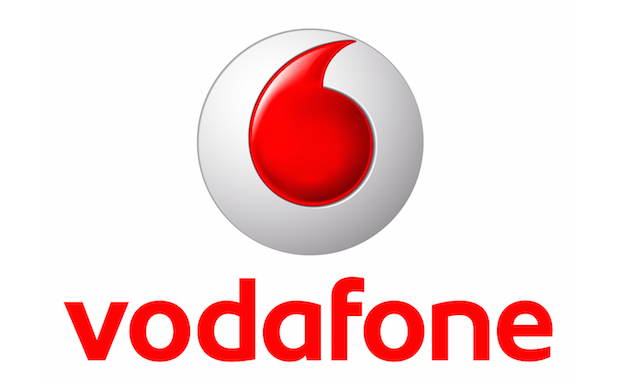Vodafone is planning to launch its first NB-IoT networks in Australia, Ireland, the Netherlands and Turkey, as the operator vowed the tech’s late entry would not damage its prospects.
The operator held its fourth IoT Barometer presentation yesterday, its annual look at the Internet of Things market.
Its prognosis was optimistic, with 28 percent of businesses already engaged with live projects and a further 35 percent less than a year away from launching their own.
Erik Brenneis, Vodafone’s Director, Internet of Things, said the past 12 months marked when the IoT sector moved from a technology question to a business discussion.
He said 70 percent of its IoT connections continues to be on 2G, although businesses seeking to “futureproof” themselves are gearing up to LTE. He cited the likes of BMW and Daimler, which are using LTE to offer in-vehicle internet.
“From an M2M perspective 3G is used less. People who need speed move to 4G and people who want lower costs have shifted to 2G,” Brenneis said.
[Read more: Vodafone says IoT goes mainstream as enterprises view it as key as mobility]
The exec went on to confirm that Vodafone’s strategy is to guarantee 2G until 2025 at the earliest, although spectrum holdings will be refarmed to meet demand. It seems likely 3G will be the first to be refarmed.
The industry is still several months away from its latest IoT standard. While NB-IoT has been standardised, it is likely to be early next year before networks are launched.
Brenneis said Vodafone would be able to move quickly with the new narrowband networks only requiring a software upgrade on base stations.
This hides the full story. While a software upgrade is quick, especially compared to a rival like Sigfox who has to physically build out new architecture when it wants to launch its own service, Vodafone or another NB-IoT player would still have to plug in compatible modules to the likes of electricity meters or other connected devices.
However, Brenneis argued this will not hinder growth. He said the licensed nature of NB-IoT means that no-one can disturb the network. He left unspoken that this is what could happen with either LoRa or Sigfox.
Another benefit will be cost. NB-IoT will “effectively” be the same price as 2G, which he said was cheaper than Sigfox and LoRa. It was the former he was most critical of, saying he felt the industry was under the wrong impression about their offering.
He said: “What I hear from the industry is how people interpret their offering is that it is based on pricing. I don’t know if they do that deliberately or it just comes up.”
What of LoRa? Unlike Sigfox, it has been established by a consortium of operators. While some operators, such as Orange, have been balancing both NB-IoT and LoRa deployments, Vodafone has stayed loyal to the former.
Brenneis argued it is a quality of service issue, again stressing the robustness of licensed spectrum. He said: “LoRa has been gaining traction in segments that haven’t been connected by cellular technology in the past.” In effect, there is enough cake to feed everybody.
The picture will be clearer still within the next two years, when Vodafone predicts the majority of businesses will have an IoT strategy as intrinsic to their business as IT, for example.



